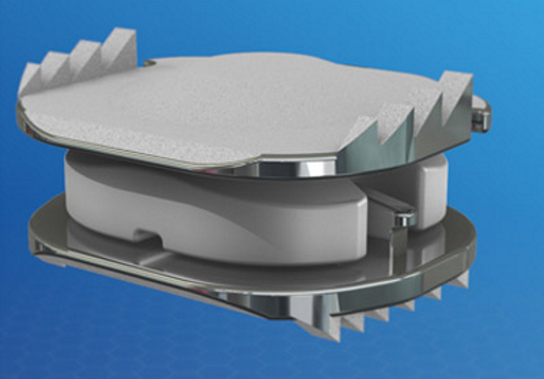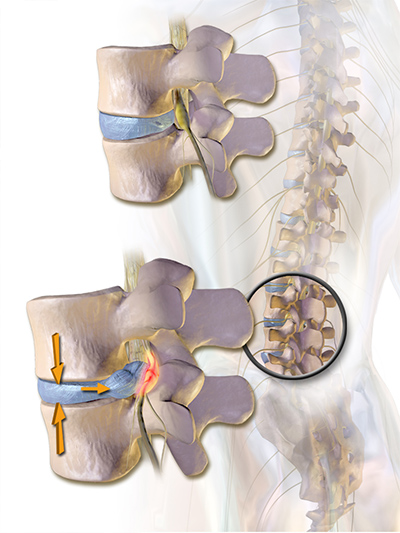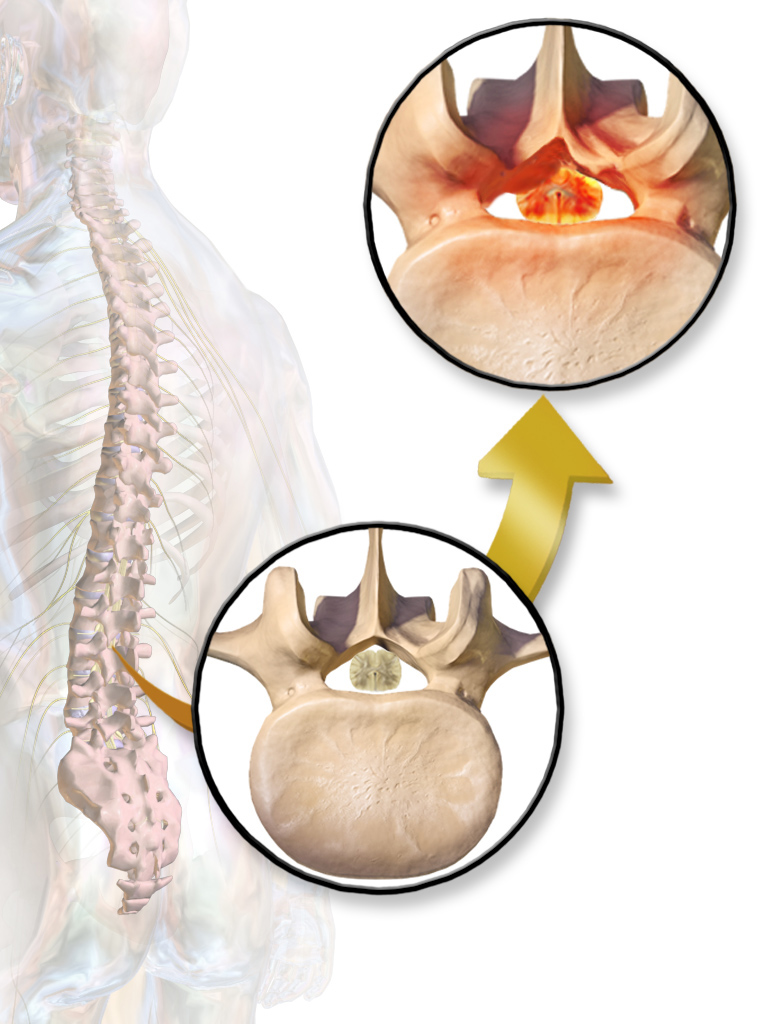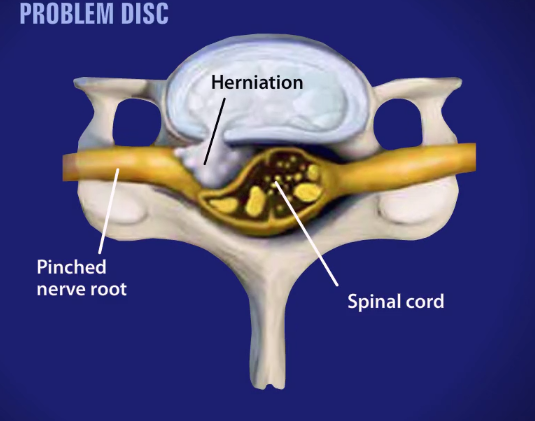Artificial Cervical Disc
Artificial Discs:
An artificial cervical disc is a device inserted between two vertebrae in the neck to replace a damaged disc. It is best used for patients who are suffering from a herniated disc without much narrowing of the spine.
Unlike a rigid neck fusion, which locks your neck in a fixed position, the implant is designed to allow you to move your neck more naturally. The components glide smoothly against each other. With the implant, you can turn your head and bend your neck forward, backward and side to side, just as you would with an undamaged disc.
When is Replacing Better Than Fixing:
Cervical disc replacement surgery is now about 15 years old. I’ve been performing cervical artificial disc replacement for the last 10 years. It is a motion preservation strategy, not a motion restoration strategy like artificial hips and artificial knees. It is ideal for the patient who has a simple herniated disc without much in the way of degenerative change or narrowing of the spinal canal. It is not a procedure for the patient who has a lot of age-related change and diminished range of motion of the neck. I routinely perform this procedure as an outpatient.
Recovery
We normally do this procedure as an outpatient. This means no overnight stay in the hospital, decreased risk of infection due to a hospital stay, and the benefit of starting to return to normal activities within hours of this minimally invasive surgery. You can set an appointment to consult with Dr. Bookwalter through the form below:





